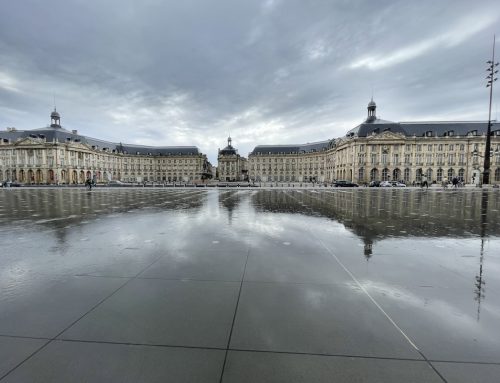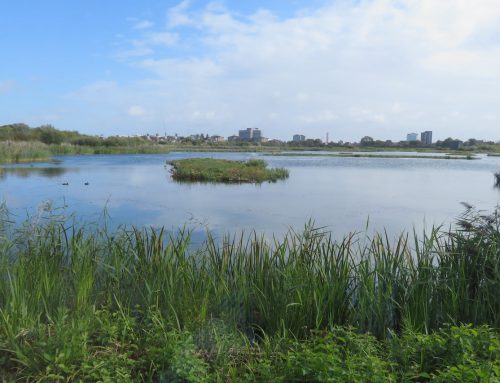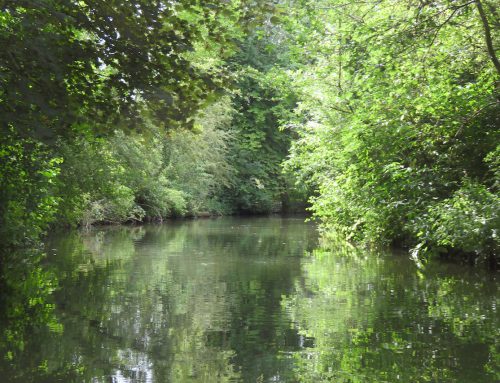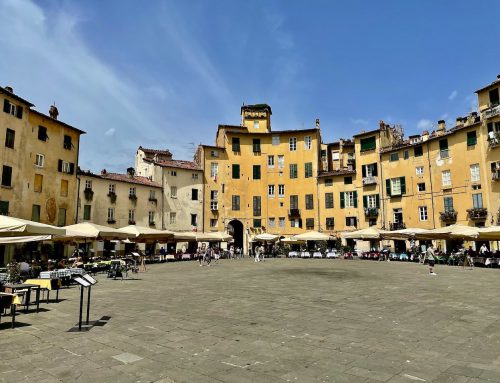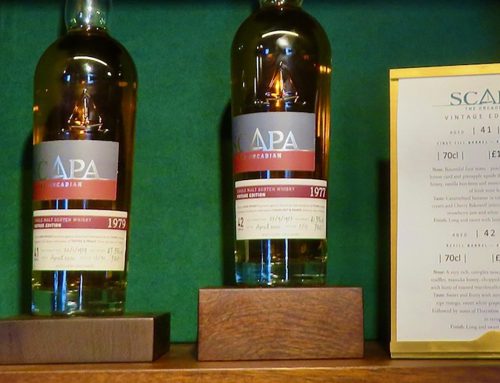Pandemic unrest in Bodelwyddan
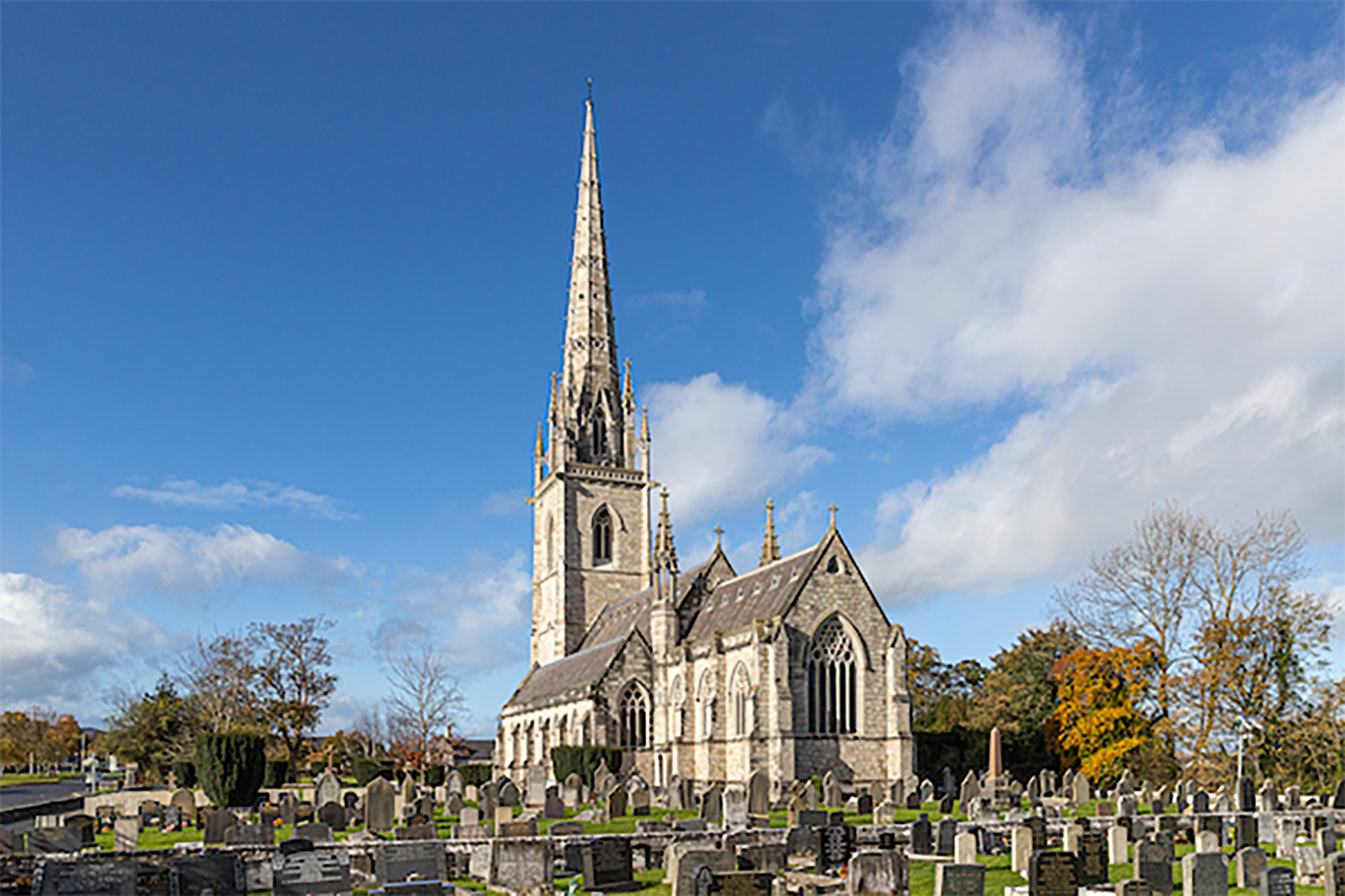
Bodelwyddan's Marble Church (courtesy Jane Moore)

Bodelwyddan's Marble Church (courtesy Jane Moore)
Bodelwyddan, Clwyd, United Kingdom
“If you want to hear a ghost, you need silence,” said Ifor, as we downed several pre-pandemic beers. We were in London, at a time when few had ever thought about coronavirus. “You’ll hear them best towards evening,” he added.
Thanks to Ifor’s words, and a year later, I found myself in the gloaming beside a normally busy A-road, on the outskirts of a North Wales town called Bodelwyddan. The coronavirus was at full pitch, a second wave was underway, Wales had closed its borders to all but essential traffic, and patients were dropping like flies. The nearby Glan Clwyd Hospital was struggling.
There are few blessings of disease, but on this occasion there was one. I was now able to hear sounds that were ordinarily masked by rumbling tyres. I was standing outside the town’s 19th-century Marble Church, called so because of the 14 varieties of marble - from Belgium, Languedoc, Anglesey, Purbeck and elsewhere - that can be found within its frame. In normal times, the church is a popular tourist destination.
I strained, listened hard, and concentrated on the unfamiliar. After all, I had never listened for a ghost before. At first it escaped me, then it came, the distant, rhythmic sound of crunching feet as the iron-studded, leather soles of ammunition boots marched in my direction. The soldiers called them crunchies. Spectres now, but once very real, I guessed they would be returning from their training in the improvised trenches of the neighbouring Bodelwyddan Castle. They were making their way the short distance to the camp at Kinmel Park where they were billeted.
The crunchies soon vanished and once again it was silent, yet Ifor had been right. The ghosts of times past had made Bodelwyddan haunted. For some reason I was not frightened, and there was no cold shudder down my spine. I was more fascinated by the realisation that the story was true.
It was the 4th & 5th March 1919, and Canadian troops stationed at Kinmel Park had rioted, it is said because there were delays in their repatriation after frontline First World War service. Five were killed, 23 wounded and 78 arrested. Perhaps we should not be surprised, as although the Great War was over, Spanish ‘flu had begun, and 17,400 men were sleeping 42 to a hut, wooden buildings that were designed for only 30. That winter had been one of the coldest in then living memory while many of the soldiers had not been paid and were being fed badly. Mutiny, riot, call it what you will, was inevitable.
As I stood beside the Marble Church, in its well-kept graveyard, I looked around me at the 82 Canadian headstones and memorials, which were arranged tidily in several long rows. The rioters were there, at least four of the five who had perished. There was Sapper Tarasevich, the ringleader, who was bayoneted. Beside him lay Corporal Young, beneath a headstone that carried the words, “Sometime, sometime, we’ll understand.” He, too, was bayoneted. Nearby lay two others. Private Gillan, whose memorial declared that he was “defending the honor of his country” when he was shot. And Gunner Haney, also shot on the 5th March, aged only 22 years. There was a fifth, Private Hickman, who died that day, but whose resting place is not Bodelwyddan. His remains were disinterred two months after the riots and were taken back to Canada.
Beyond the tragedy of the mutiny, which hits you hard in that cemetery, lay something even more powerful. I felt it as I paraded slowly up and down the line of graves. It was the memory of the Spanish ‘flu pandemic, which started in early 1918. Four waves later, and 50 million dead, it had settled by April 1920. There was nothing Spanish about that infection, as the disease most likely started in America. There are some who even doubt it was ‘flu. As I studied the headstones and memorials, I felt perversely intrigued that I was visiting Bodelwyddan with my own pandemic underway, more than a century later.
Kinmel Park, and the Canadian troops it housed, became badly affected by the disease during the lethal second wave, which started in September 1918. It suffered, too, when the third wave appeared a few months later. Let no one underestimate the power of that invisible virus, which sped through the overcrowded barracks like a steam train. The majority of the dead soldiers in the Marble Church’s graveyard may have survived the horrors of European trenches, but they later perished from disease in Blighty. So many ’flu victims lie beside the few mutineers, together all brothers-in-arms, regardless of how they perished.
In the Kinmel Park of 1918 there was a large medical facility, the Canadian General Hospital. It was the workplace of a single nursing sister named Rebecca MacIntosh, a Canadian from Nova Scotia, who by all accounts was a real treasure. In her war diary of the 5th February 1919, during the third pandemic wave, she wrote:
“Influenza increasing rapidly in camp. Central part of hospital almost full - we have over 600 patients in hospital now. Admitted 49 yesterday and 55 today practically all influenza.”
Three months later, and two days after the Kinmel Park Mutiny, 26-year-old Rebecca was dead, from the disease she had sought to care for. Her memorial dominates the Marble Church’s cemetery and still remains a focus of pilgrimage for nurses worldwide.
I held my silence for a long time in that graveyard, as the story told by the headstones was inescapable. The waves of a killer disease against which mankind had no vaccine, the youth, the futures wasted, the risks to medical staff, and the social unrest of the Kinmel Park Mutiny that followed.
Civil turbulence has been a feature of pandemics throughout history and Bodelwyddan was no different. Look at the Plague of Athens (430-426 BC), which killed one-third of the Athenian population in three years and tilted the scales in favour of Sparta. Or the Plague of Galen (155-180 AD) that cost the lives of five million Romans and led to the collapse of the Western Empire. This was followed by the Plague of Justinian (541-543 AD) that annihilated 30 million people, destroyed the Byzantine empire and resulted in the disappearance of Persia. And the Black Death (1346-1353), which killed one-third of all Europeans and brought an end to feudalism.
I stood staring at the headstones, my mind amok, as I imagined what Covid-19 might do or has already done. It has devastated the global economy and is likely to increase inequality in future. Pandemics depress economic growth and increase imbalance, both of which are drivers of social unrest. Generally, these things will occur after a pandemic, not when disease is in full swing.
Was there any consolation of my visit to the Marble Church? Few, if any, I concluded, although I had heard the crunchies of Bodelwyddan. Yet the graveyard had reinforced what may lie around the corner, as post-Covid social unrest is more or less assured.
An hour later, I revved my car for its journey home along the many empty roads and set off on my way. I was in deep thought, as there is nothing predictable about pandemics. I laugh when politicians talk with certainty about something being possible by such-and-such a date. They cannot know, any more than I can know, what lies around the corner.
The soldiers of Bodelwyddan show that perfectly.
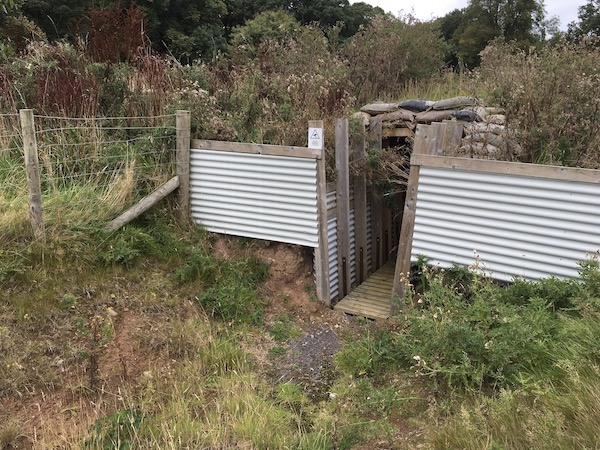
Mock-up trenches at nearby Bodelwyddan Castle used for training
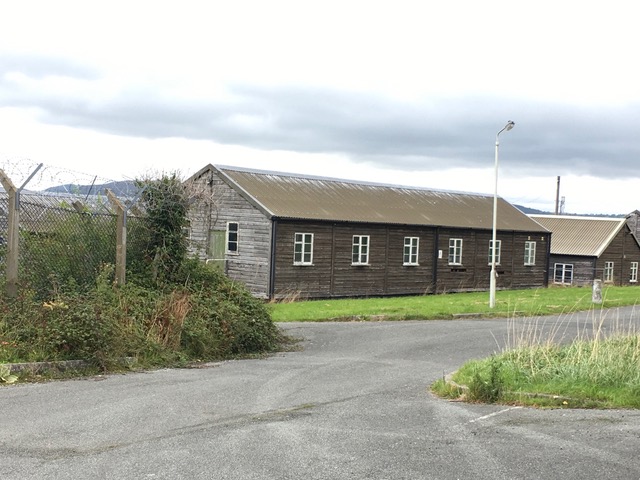
Kinmel Camp as it looks today
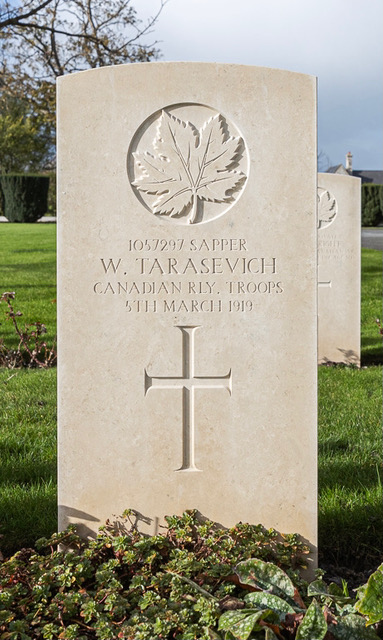
Sapper Tarasevich - said to be the ringleader of the riots (courtesy Jane Moore)
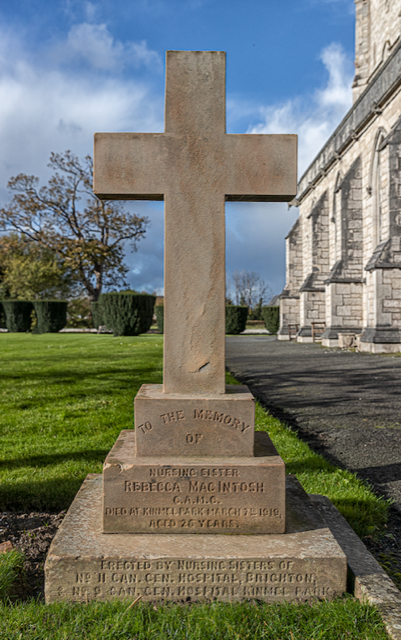
The memorial to Rebecca MacIntosh, the nurse who died from Spanish'flu (courtesy Jane Moore)


